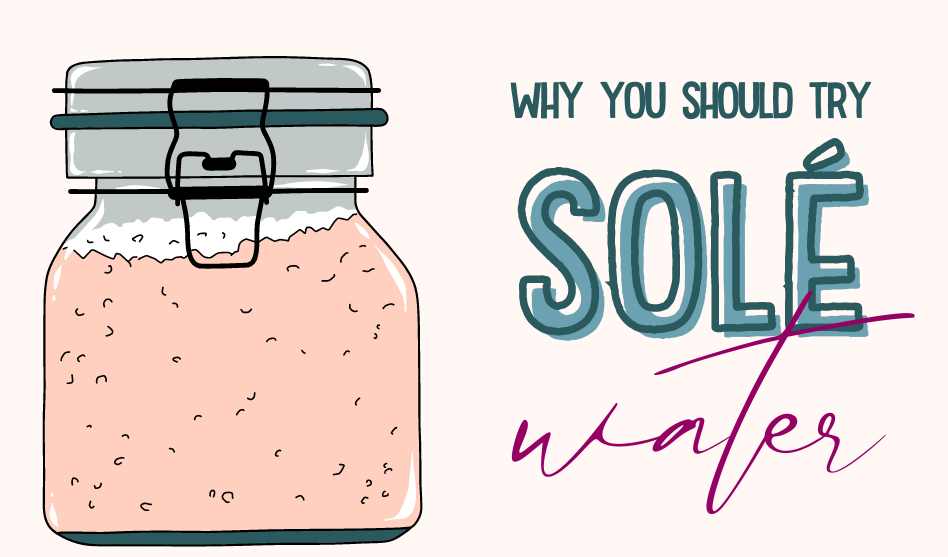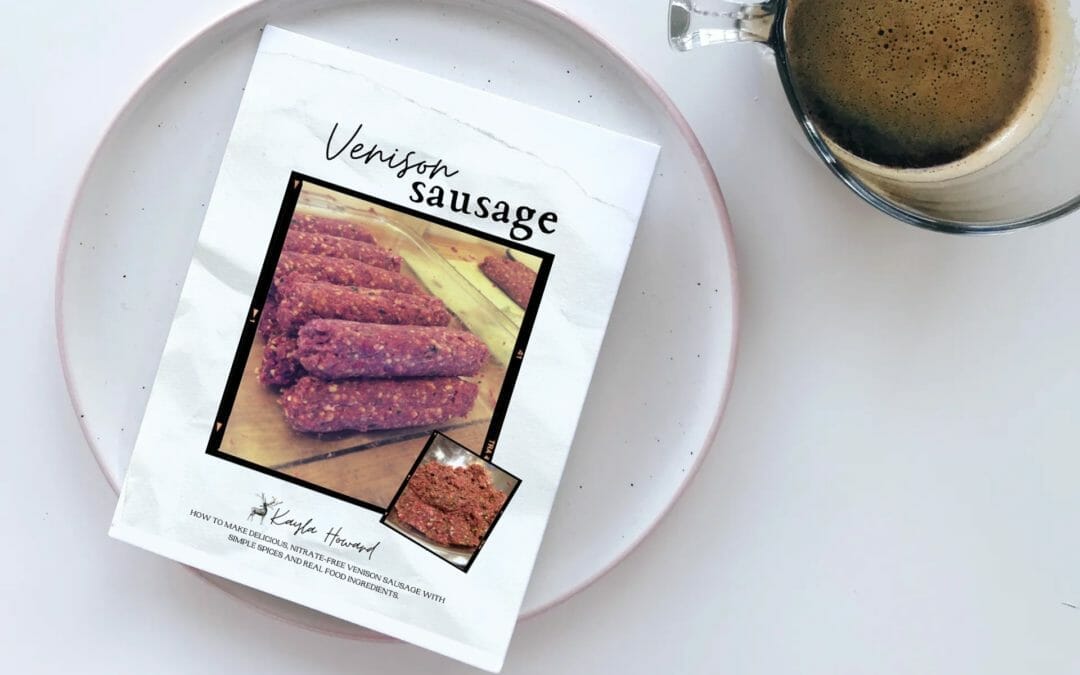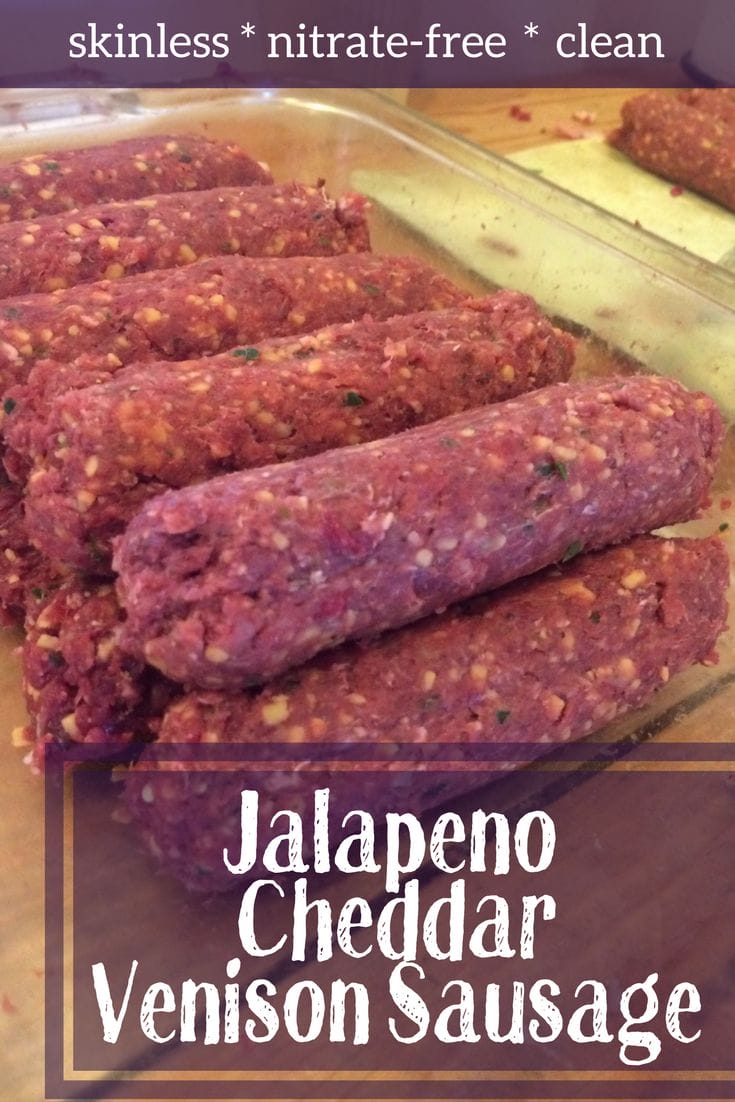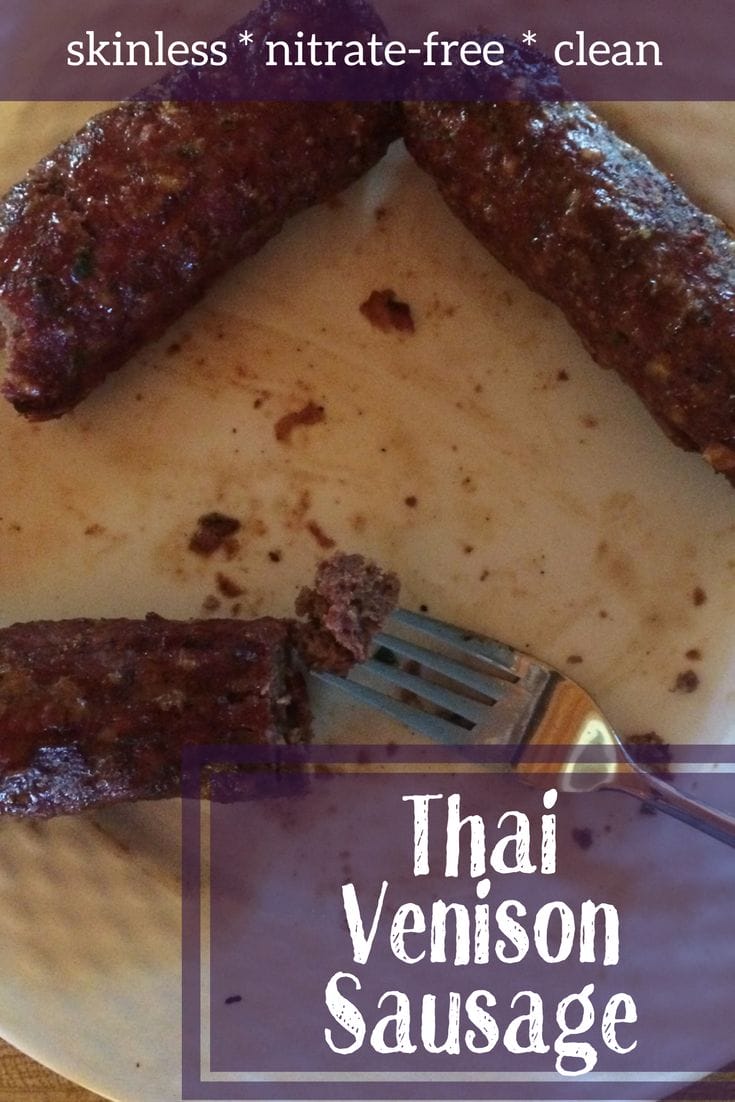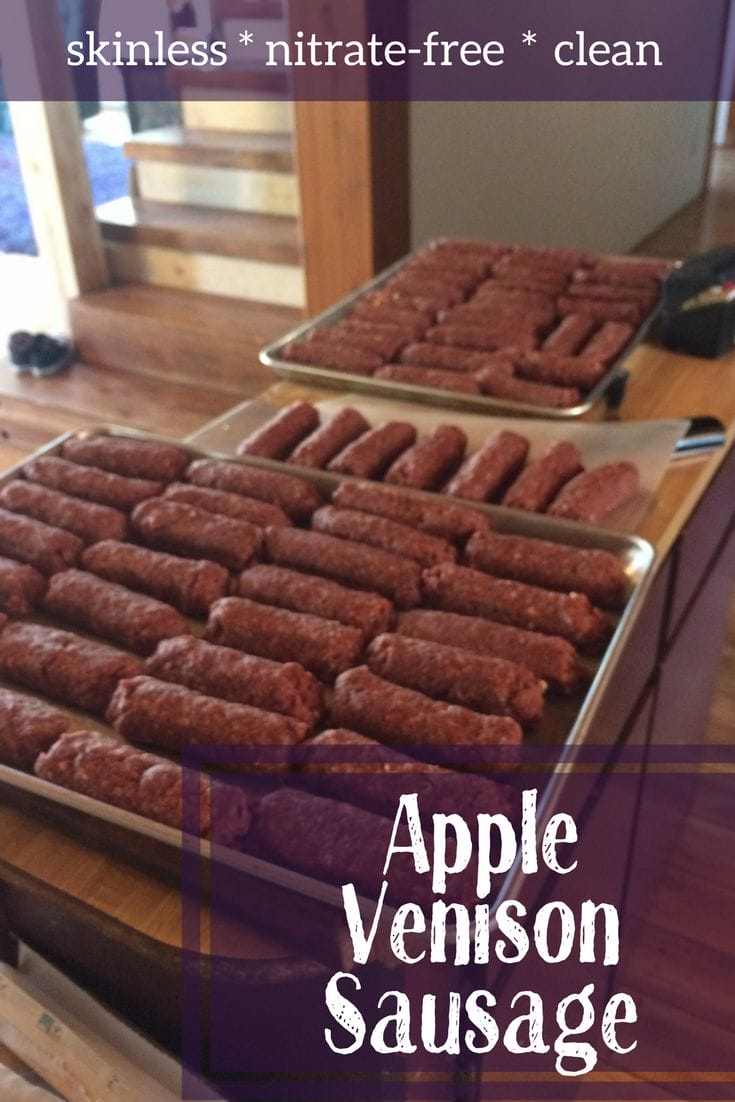
Sourdough Naan Recipe
Sourdough Naan: A Delicious Twist on a Classic Recipe with Einkorn
Hey there, foodies! Are you ready to add some excitement to your culinary adventures? Today, we’re diving into a mouthwatering recipe that combines the traditional Indian naan bread with the magic of sourdough and the goodness of einkorn flour. Get ready to impress your family and friends with this scrumptious sourdough naan!
But wait, what’s einkorn, you ask? Einkorn is an ancient grain that has been around for thousands of years. It’s packed with nutrients, easier to digest than modern wheat, and has a delightful nutty flavor that will elevate your naan experience. Plus, it’s lower in gluten and higher in protein, making it a fantastic choice for those looking for a healthier alternative to regular wheat flour.
So, without further ado, let’s get started on our sourdough naan journey!
Ingredients You’ll Need:
-
3 cups flour
-
1 cup sourdough starter
-
1/2 c milk
-
4 T melted ghee
-
1/2 c yogurt (or buttermilk or kefir)
For Cooking and Serving:
- Melted butter, ghee, or oil (for brushing on the naan)
- Fresh garlic and/or cilantro, chopped (optional, for garnishing)
- Your favorite dipping sauce or curry (get creative!)
Let’s Get Down to Business: Making the Sourdough Naan
Step 1: Prepare the Sourdough Starter
- In a bowl, combine all the ingredients.
- Knead the dough on a lightly floured surface for a few minutes, just until it comes together and is no longer sticky. Be gentle – einkorn flour is delicate and doesn’t need much kneading!
- Place the dough back in the bowl, cover with a towel or plastic wrap, and let it rest for 3-4 hours. This will allow the dough to rise and develop even more flavor.
Step 3: Shape and Cook the Naan
- After the dough has rested, divide it into 8 equal portions. Roll each portion into a ball and then flatten it into a circle or oval shape, about 1/4-inch thick. Don’t worry if your naan isn’t perfectly shaped – rustic is charming!
- Preheat a large skillet or griddle over medium-high heat. Once hot, brush the surface with a little melted butter, ghee, or oil.
- Place one piece of naan in the skillet and cook for 1-2 minutes, or until bubbles form on the surface and the bottom is golden brown. Flip the naan and cook for another 1-2 minutes, or until the other side is golden brown as well. Adjust the heat as necessary to avoid burning.
- Transfer the cooked naan to a plate and brush with more butter, ghee, or oil. Sprinkle with chopped cilantro if desired.
- Repeat the process with the remaining naan pieces, brushing the skillet with more butter, ghee, or oil as needed.
Step 4: Serve and Enjoy!
Your scrumptious sourdough einkorn naan is now ready to be devoured! Serve it warm with your favorite dipping sauce, curry, or use it as a base for wraps and sandwiches. The possibilities are endless, so get creative and enjoy every bite!
And there you have it – a fun, tasty, and healthier twist on traditional naan bread that’s sure to impress everyone at the table. With the added benefits of einkorn flour and the irresistible tang of sourdough, this naan recipe is bound to become a staple in your kitchen! Happy cooking!

